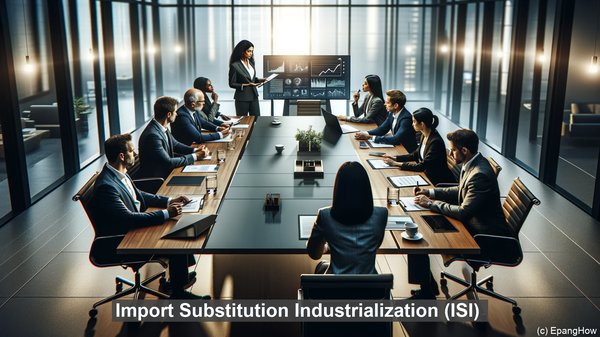Introduction: Two Approaches to Industrialization
Hello everyone! When it comes to industrialization, countries have adopted different strategies over the years. Two prominent approaches are Import Substitution Industrialization (ISI) and Export-Oriented Industrialization (EOI). While both aim to boost a nation’s industrial sector, they differ in their core principles and outcomes. Let’s explore these strategies in detail.

Import Substitution Industrialization (ISI)
Import Substitution Industrialization, as the name suggests, focuses on reducing a country’s dependence on imports by promoting domestic production. It emerged as a popular strategy in the mid-20th century, especially among developing nations. The rationale behind ISI was to protect domestic industries, create employment opportunities, and achieve self-sufficiency. To achieve these goals, governments implemented policies like high tariffs on imports, subsidies for domestic industries, and strict regulations on foreign investments. The idea was to give local industries a competitive edge and encourage consumers to buy domestically produced goods.
Export-Oriented Industrialization (EOI)
In contrast, Export-Oriented Industrialization focuses on producing goods for the global market. This strategy gained prominence in the latter half of the 20th century, particularly in countries like South Korea, Taiwan, and Singapore, which witnessed remarkable economic growth. The core principle of EOI is to specialize in the production of goods that have a competitive advantage in the international market. By focusing on exports, countries can earn foreign exchange, attract foreign investments, and stimulate economic growth. To facilitate this, governments often provide incentives like tax breaks, infrastructure development, and streamlined export procedures.
Key Differences and Impacts
While both ISI and EOI have their merits, they have distinct differences and impacts. One major difference lies in their approach to imports. ISI aims to reduce imports, whereas EOI embraces imports as a means to access advanced technology, raw materials, and components. Another difference is in their impact on domestic industries. ISI, with its protectionist policies, can shield domestic industries from international competition but may also lead to inefficiencies and lack of innovation. On the other hand, EOI’s focus on exports necessitates competitiveness, efficiency, and continuous improvement. This can drive innovation and enhance the overall competitiveness of domestic industries.

